The Québec maritime Blog
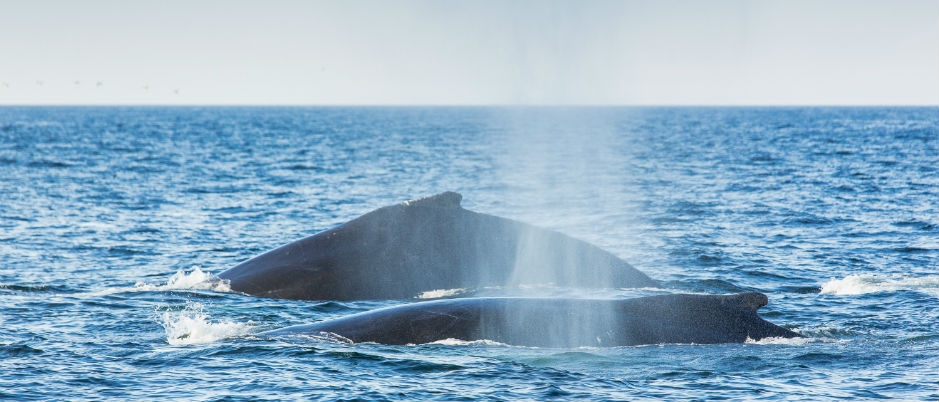
- Mathieu Dupuis
Whale-Watching Tips from the Experts
The GREMM Answers Your Questions!
Your car is full to bursting, your binoculars are on the dash and you’ve got your whale identification guide handy: you’re ready to head off to see the whales! In Québec, you can observe up to 13 species of whales and 4 species of seals all along the coast, from Bas-Saint-Laurent to the Îles de la Madeleine via Côte-Nord and Gaspésie. To help you spot as many of these species as possible, here are some tips from the research team at the Group for Research and Education on Marine Mammals (GREMM), based in Tadoussac, in Côte-Nord.
Where is the best place to see whales?
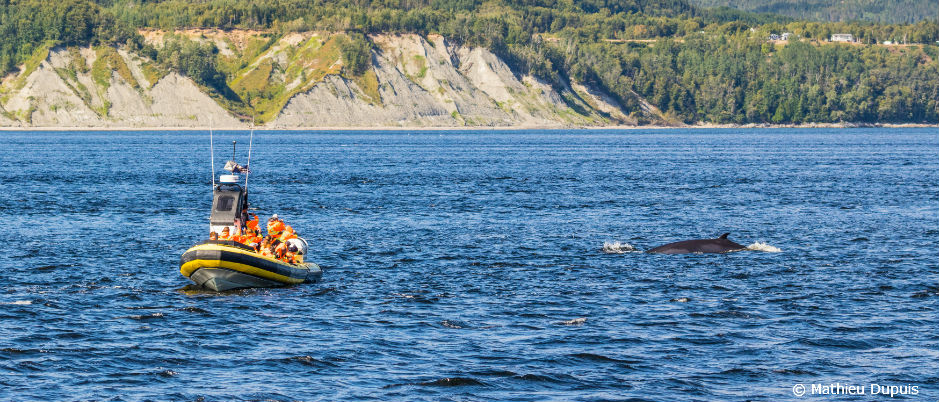
Find out where whales have been sighted in each of the maritime regions of Québec. One good resource is the Whales Online map of the observations of the week, which pinpoints which species have been seen where over the last few days. You can also contact local tourist information sites, which usually have up-to-date information about the whales in their sector.
When is the best time of year to see whales?
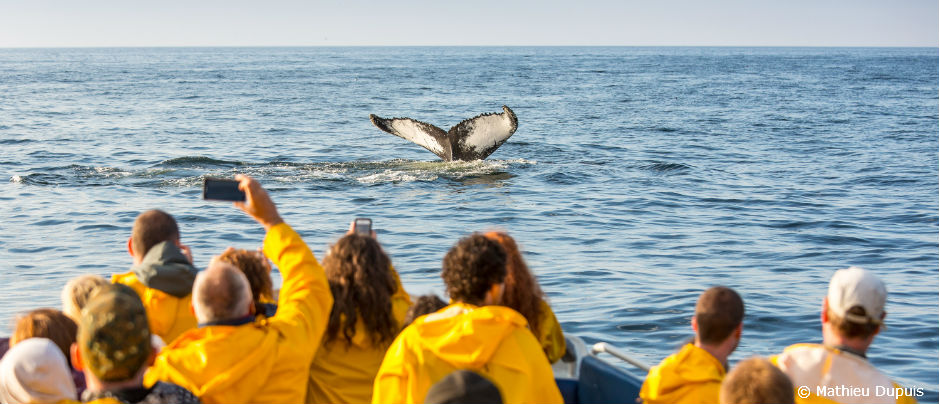
Whales can be observed year-round in the St. Lawrence, but sightings are more frequent from late June to mid-October. Certain times of day are also better for whale watching. The tides affect sea currents, which influence the behaviour of prey species, which in turn influences the whales. For example, belugas, which are relatively slow swimmers, take advantage of currents to travel further distances.
What is the best way to spot whales?
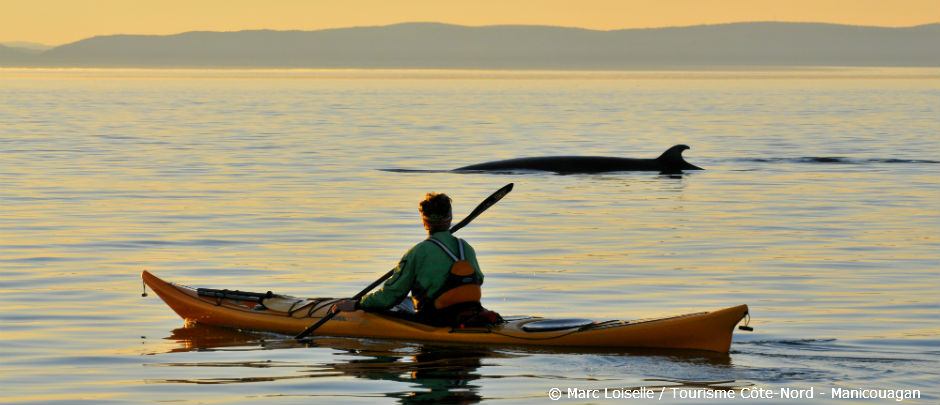
From the deck of a sightseeing boat, sitting in a kayak or lying on the rocks along the shore, you are now ready to scan the horizon for whales. Keep an eye out for tide rips, which cause ripples or slight changes in colour on the surface of the water. Krill and fish concentrate in these areas, which attracts the whales. Flocks of seabirds, which tend to congregate over their prey, may also indicate that whales are hunting nearby.
Have you spotted a white column over the water? This is a whale’s spout, a stream of warm air being forced out of a whale’s lungs. The height and shape of the spout can help you identify the whale species. Is it balloon-shaped? It’s probably a humpback. Is it 15 metres (50 feet) high? It’s a blue whale! It’s rare to see the spouts of smaller species such as porpoises, white-sided dolphins or belugas, so keep your eyes on the waves!
What best practices are in place to protect the whales?
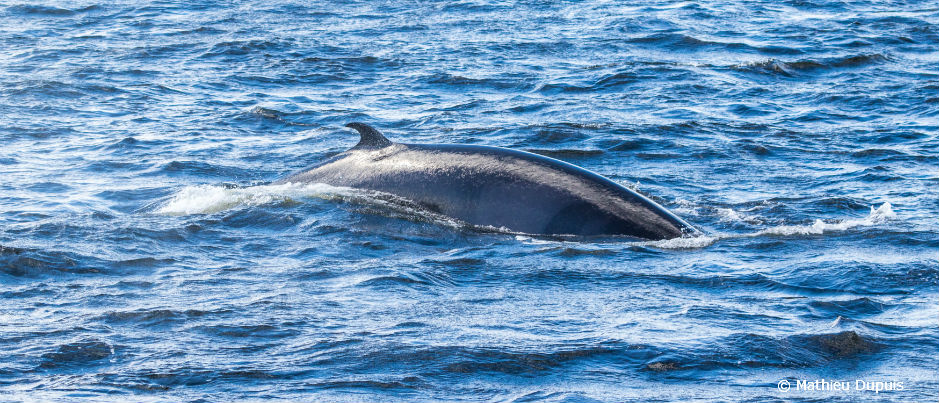
It’s important to keep your distance from marine mammals if you’re on the water. Belugas and blue whales should be observed from a distance of at least 400 metres (1310 feet), while you should stay at least 100 metres (330 feet) away from other species (200 metres / 660 feet in the marine park). By following these regulations, you ensure that generations to come will be able to appreciate these fascinating animals. Companies offering whale-watching cruises must also follow these rules (and many others); they are committed to the protection of these species. In fact, part of their mission is to educate the public about marine mammals and their habitat in order to raise awareness about the fragility of this natural environment. In addition, some companies are part of the Eco-Whale Alliance, which ensures the responsible practice and sustainable development of observation activities in the Saguenay–St. Lawrence Marine Park.
You now have all the tips you’ll need for a whale-watching adventure. However, don’t forget that whales are wild animals. Their presence and behaviour cannot be guaranteed. Luckily, our coastlines are also home to seals and seabirds, which you can also observe. Enthusiasts will also happily introduce you to all the marvels of the St. Lawrence, including local history, geology, industry and more!
Happy whale watching! Please share your whale sightings with us on social media!

(0) comment